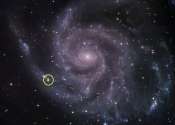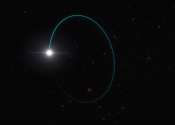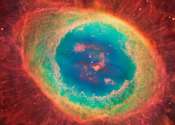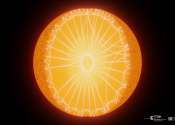Astronomy and Astrophysics is a peer-reviewed scientific journal covering theoretical, observational and instrumental astronomy and astrophysics. It was published by Springer-Verlag from 1969–2000, while EDP Sciences published the companion A Supplement Series. In 2000, the two journals merged, with the combined journal known simply as Astronomy and Astrophysics and published by EDP Sciences. The journal copyright is owned by the European Southern Observatory.
Astronomy and Astrophysics was formed in 1969 by the merging of several national journals of individual European countries. These journals, with their ISSN and date of first publication are as follows:
The publishing of Astronomy and Astrophysics was further extended in 1992 by the incorporation of Bulletin of the Astronomical Institutes of Czechoslovakia, established in 1947.
The original sponsoring countries were the four countries whose journals merged to form Astronomy and Astrophysics (France, Germany, the Netherlands and Sweden), together with Belgium, Denmark, Finland, and Norway. The European Southern Observatory also participated as a "member country". Norway later withdrew, but Austria, Greece, Italy, Spain, and
- Publisher
- EDP Sciences for European Southern Observatory
- History
- 1969–present
- Website
- http://www.aanda.org/
- Impact factor
-
4.410
(2010)
Some content from Wikipedia,
licensed under CC BY-SA









